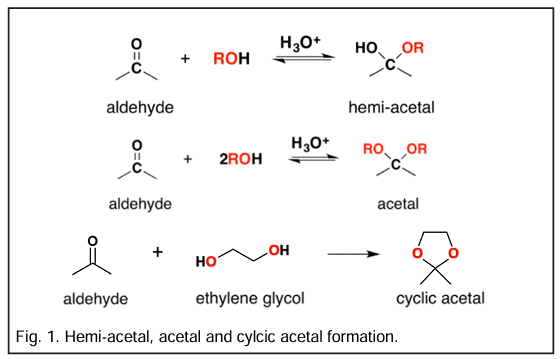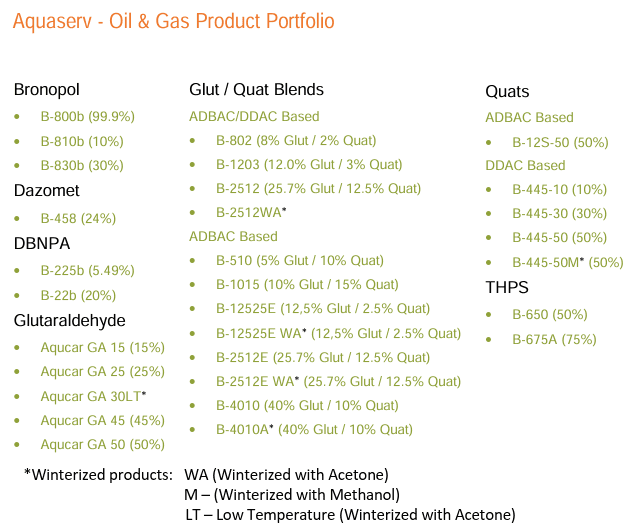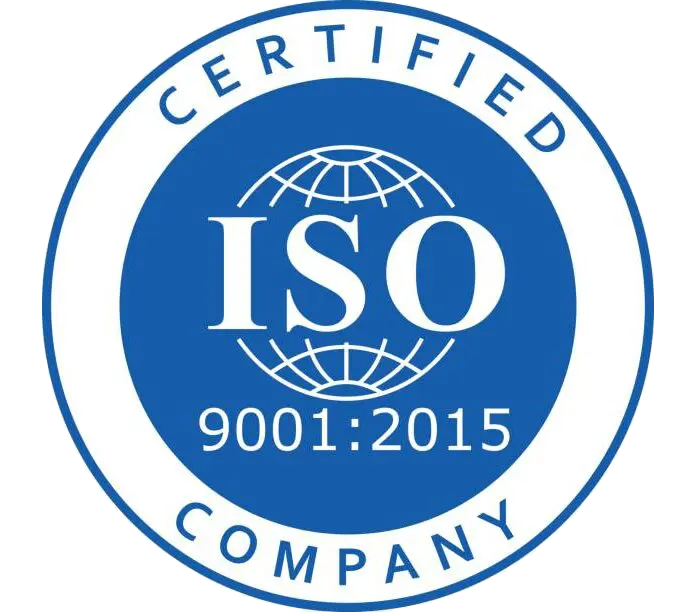Use of Biocides in the Oil & Gas Industry
Biocides are widely used in oil and gas operations for bacterial control especially against sulfate-reducing bacteria, acid producing bacteria, nitrate-reducing bacteria, and heterotrophic aerobic bacteria, to name a few. If bacterial activity is left unchecked, it can lead to microbiologically influenced corrosion, souring, well-clogging, degradation of important components such as polymers in water-based fluids and environmental and safety hazards. To mitigate these damages, various types of biocides are used for proper microbial control in oil and gas operations and prevention of additive spoilage.
The types of biocides used in oil and gas processes fall into two categories: non-oxidizing and oxidizing biocides. Non-oxidizing biocides include standard active products and proprietary blends whereas oxidizing biocides include conventional technologies and electrolytic generation of actives.
The most commonly used non-oxidizing biocides in the oil and gas field operations are glutaraldehyde (Glut), quaternary ammonium chlorides (Quat), glut / quat blends, tetrakis (hydroxymethyl) phosphonium sulfate (THPS), 2,2-dibromo-3-nitrilopropionamide (DBNPA), and dazomet whereas the oxidizing biocides are chlorine dioxide, sodium hypochlorite, and peracetic acid.
Selecting a suitable biocidal product to use for a given application is dependent on a number of factors:
• Effectiveness
• Speed of Kill
• pH range
• Temperature range
• Dosage rate
• Compatibility
• Stability
• Product cost ($ per gallon)
It is important to understand that no biocidal product is the “silver bullet” and that selecting a biocide is not simply a check box exercise. Numerous factors need to be considered before selecting the right biocide.
What winterized glut/quat users really need to know.
A major concern to the oil and gas industry in cold weather climates is pumpability and stability of chemicals. The majority of biocidal products used are water based products which pose challenges in handling and use in extreme cold environments. As a result, biocide suppliers have developed winterized versions of the biocidal products by replacing all or part of the water with a winterizing agent to depress the freeze point to or below -40°F/°C.
The most commonly used agents for freeze protection in biocidal products for the oil and gas industry are either alcohols or glycols. However, the use of these winterizing agents in glut based products (i.e. glut only and/or glut/quat blends) have been found to be incompatible with glut.[1] The hydroxyl groups (-OH) on the alcohols and glycols react with the aldehyde groups on the glut molecule to form hemi-acetals, acetals and cyclic acetals (Fig. 1.), respectively. These reactions occur rapidly and reduce the level of glut within the products. In addition, it has also been observed that the freeze point of the products increases with the formulation of these acetals and/or cyclic acetals due to lack of availability of the winterizing agent to perform its role within the products.[1]
Furthermore, these acetals and cyclic acetals of glutaraldehyde have been found to have no or little to no biocidal activity, resulting in a lower active and performing product. The only winterizing agent found to be compatible with glutaraldehyde is acetone, since it does not contain any reactive hydroxyl groups to complex with the aldehyde groups on the glut molecules. No impact in performance in freeze point or biocidal activity was observed. Selection of a suitable winterizing agent for glut based products is very important and end users should be aware that all winterized glut/quat based biocides are not created equal.

Winterizing Agents Solvents are used in EPA registered biocidal products to depress their freeze points in order to protect the products from freezing at or below -40°F/°C.
The following are the most commonly used solvents:
Glycols
• Ethylene glycol
• Propylene glycol
• Polyethylene glycol
Alcohols
• Methanol
• Ethanol
• Isopropanol Ketones
• Acetone
Selection of which winterizing agent to use within a product and the amount depends on a number of factors: freeze point requirement, chemical compatibility, cost, etc. Our experts know which products would be beneficial based on your needs. Contact us today to learn more!

[1] McIlwaine, D.B. Factors to Consider When Freeze Proofing a Biocide. Corrosion 98, Paper No. 364, Union Carbide Corporation, Bound Brook, NJ 08805.

